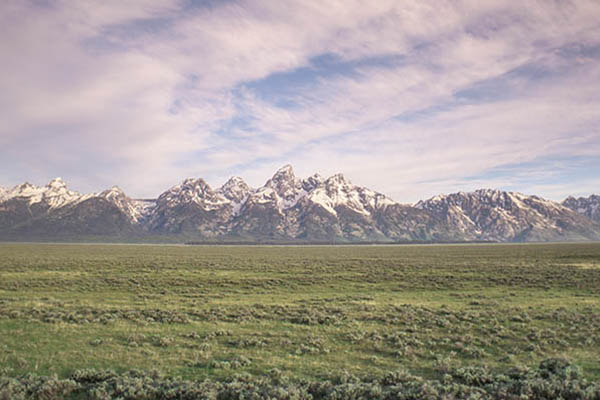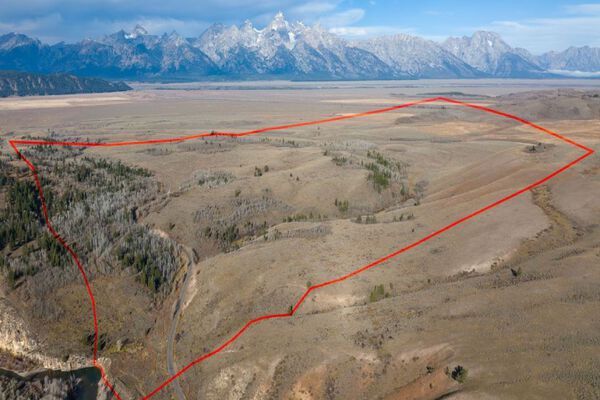
August is a busy month for wildlife in the park as bears are intensively foraging, elk are preparing for the rut, and eagles have recently fledged.
• By the end of August, many berry crops, particularly huckleberries, are on their way out while others, like mountain ash, hawthorne, and chokecherry fruits, are just ripening. Bears will take advantage of these as other food sources wane. Bears that forage on mountain ash berries will leave scats that look like berry pie filling on some trails. This is because the fruits have little digestible biomass, leaving them looking much the same after passing through a bear.
• Along the Moose-Wilson Road where hawthorne and chokecherry are abundant, black and grizzly bears often forage close to the road from August through October.
• Bear foraging on whitebark pine cone seeds begins in August and will last until the end of September. Whitebark pine seeds rank among the most nutritious of bear foods in the ecosystem. Most bears find seeds harvested and stored on the ground in red squirrel middens. Bears will also access cones by pulling down branches (grizzly bears) or by climbing the trees (black and some grizzly bears). Hikers should be particularly watchful for bears and exercise caution in the whitebark pine zone this time of year—around 8,500 to 10,000 feet elevation in the Tetons.
• The bison breeding period, or rut, began in July and is now rapidly waning, while the rutting season for elk is just beginning. Both bison and elk are polygynous breeders—a small number of dominant males breed with large numbers of females. Dominance in males is determined by a combination of display, vocalization, and ritualized fighting that can result in severe injuries to one or both contestants. Bull elk maintain and defend breeding rights to harems of cow elk. Bull bison seek out and compete for breeding rights to individual cows as they become receptive.
• Bald eagle nestlings (uniformly very dark brown to black) have all fledged and can be seen along waterways begging for food from their parents and working on flying skills, particularly landings. They will not get a white head and tail adult plumage for another four to five years when they become sexually mature.
• Higher than average flows in the park’s waters this year will likely result in excellent survival and recruitment for Snake River cutthroat trout. This could be a boon to anglers in 3 – 4 years when these fish reach a desirable size class of 13″ – 16″. The extended snow melt and runoff, and mild summer temperatures, have also provided ideal thermal conditions for cutthroat growth.
• While cutthroat feed on numerous aquatic macro invertebrates hatching in the park’s waters in preparation for the long winter ahead, mountain whitefish and several non-native trout species are feeding in preparation for their fall spawning period.










